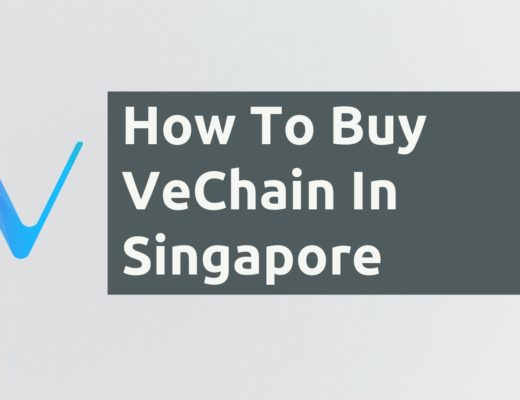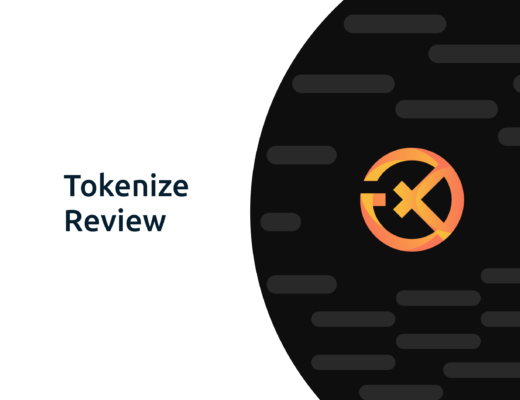Last updated on June 6th, 2021
You’ve decided to invest in a Vanguard ETF that tracks the FTSE All-World Index. However, Vanguard actually offers 2 ETFs, VWRL and VWRP!
How are these funds different and which one should you choose?
Contents
The difference between VWRL and VWRP
Both VWRL and VWRP are ETFs managed by Vanguard that track the FTSE All World Index. The main difference between them is that VWRL is a distributing ETF, while VWRP is an accumulating ETF.
Index tracked
VWRL and VWRP both track the FTSE All World Index.
The FTSE All World Index tracks large and mid-sized company stocks in both developed and emerging markets
Vanguard
This means that both ETFs will hold the same stocks in the same proportion.
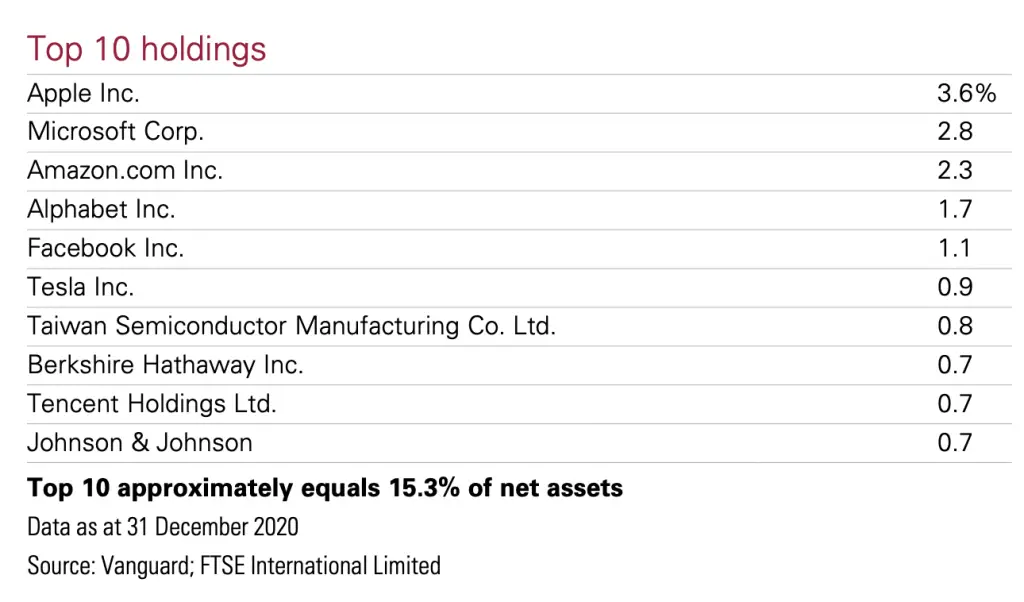
Both ETFs are offered by the same fund manager
VWRL and VWRP are both managed by Vanguard.
VWRL was started in May 2012, while VWRP was only listed in July 2019. With this 7 year difference, VWRL has amassed a greater assets under management (AUM).
| VWRL | VWRP | |
|---|---|---|
| AUM | $6.6 billion | $8.3 million |
Exchange
Both VWRL and VWRP are listed on the London Stock Exchange (LSE). This means that you are able to purchase a minimum unit of 1 for either ETF.
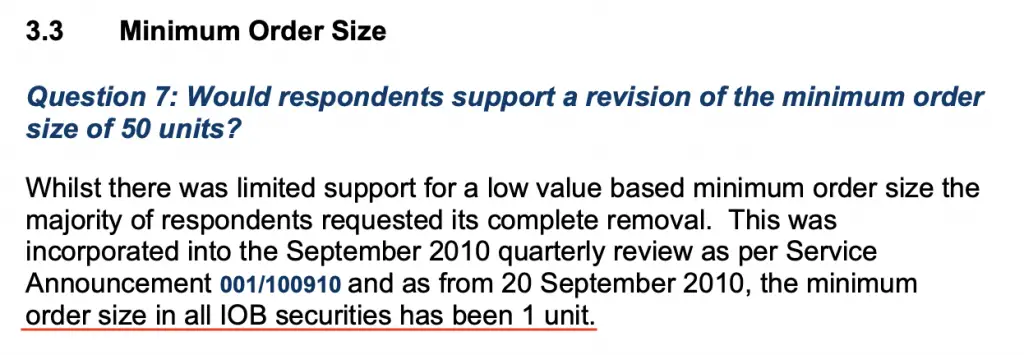
Here is VWRL and VWRP on the Tiger Brokers app.
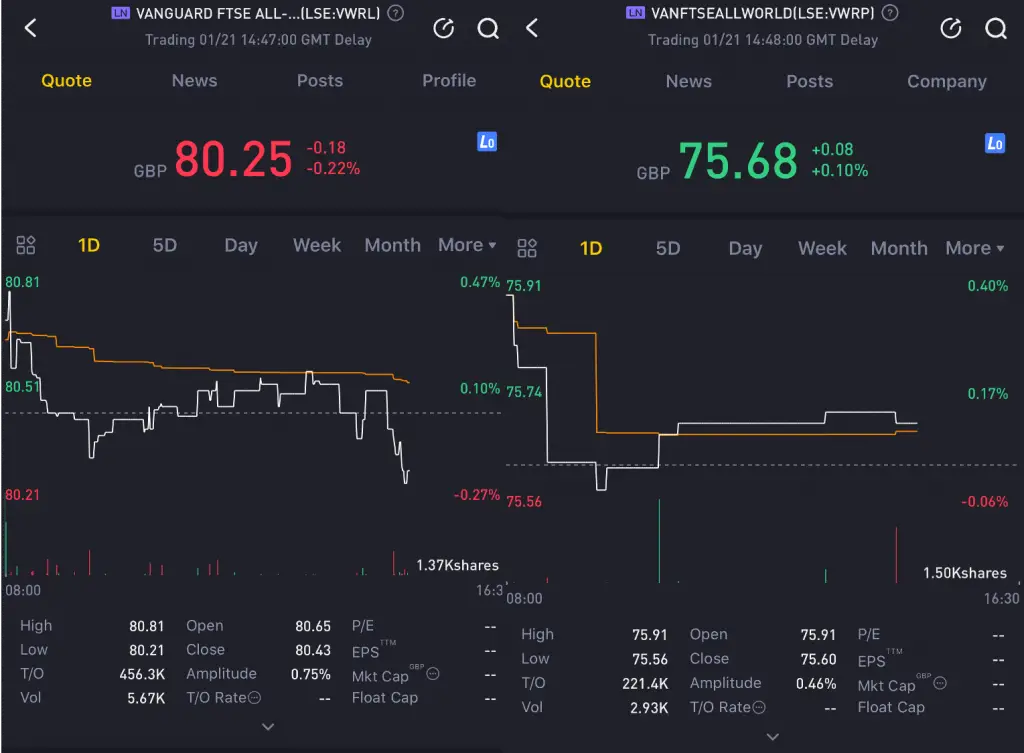
The brokers that allow you to trade on the LSE are pretty limited. Here are the commissions for some brokers that allow you to trade on the LSE:
| Broker | US | LSE |
|---|---|---|
| Interactive Brokers | 1% of trade value Minimum USD 0.35 | 0.05% * trade value Minimum GBP 1 |
| OCBC Securities | 0.3% of trade value Minimum USD20 | 0.7% of trade value Minimum GBP55 |
You should try to find the lowest brokerage fees so that they won’t eat into your returns!
You can view my guide to see what are the best ways to buy LSE ETFs from Singapore.
Currency
VWRL and VWRP are both denominated in the British Pound (GBP). If you are an investor in the UK, you do not incur any foreign currency risk as:
- You do not incur any currency conversion fees
- You are not subject to the fluctuations in the currency exchange rates
Unit price
The unit price of each ETF is the price you’ll need to pay for 1 unit. Both CSPX and VOO have rather similar unit prices.
| VWRL | VWRP | |
|---|---|---|
| Estimated Unit Prices | 80 GBP | 75 GBP |
With a low unit price of 70-80 GBP, investing in either ETF is rather accessible.
However, you’ll need to consider the minimum fees that your broker charges you. If the minimum fee is quite high, then it’s not worth just buying 1 unit of either ETF!
Dividend withholding tax
Both ETFs are domiciled in Ireland. As such, you will incur a 15% dividend withholding tax if you are a non-resident alien to the US.
This is due to a tax treaty between Ireland and US. As such, both of these ETFs do not incur the US estate tax too.
2 layers of taxes
For any ETF, the fund manager buys the stocks based on the index they are tracking. The dividends that they distribute are collected from the stocks in their fund.
As such, there are 2 layers where you may incur some taxes:
- From stock to ETF
- From ETF to you, the investor
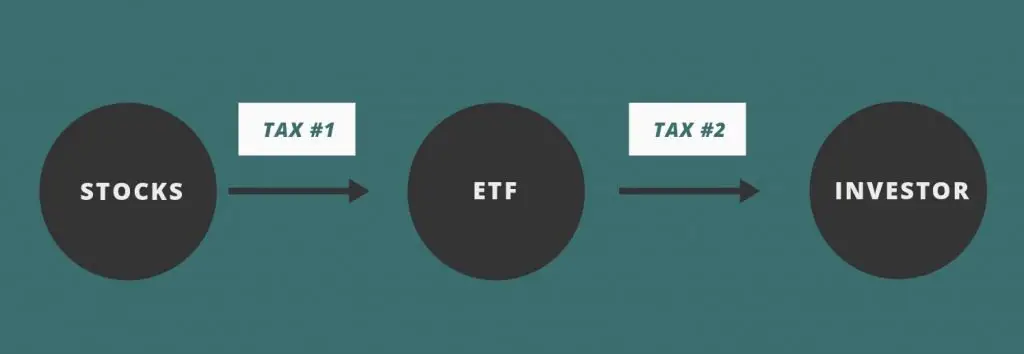
Both ETFs incur the tax on the first layer
For both VWRL and VWRP, the dividends from the US stocks are distributed to an Irish-domiciled ETF. As such, the 15% withholding tax applies on the first layer.
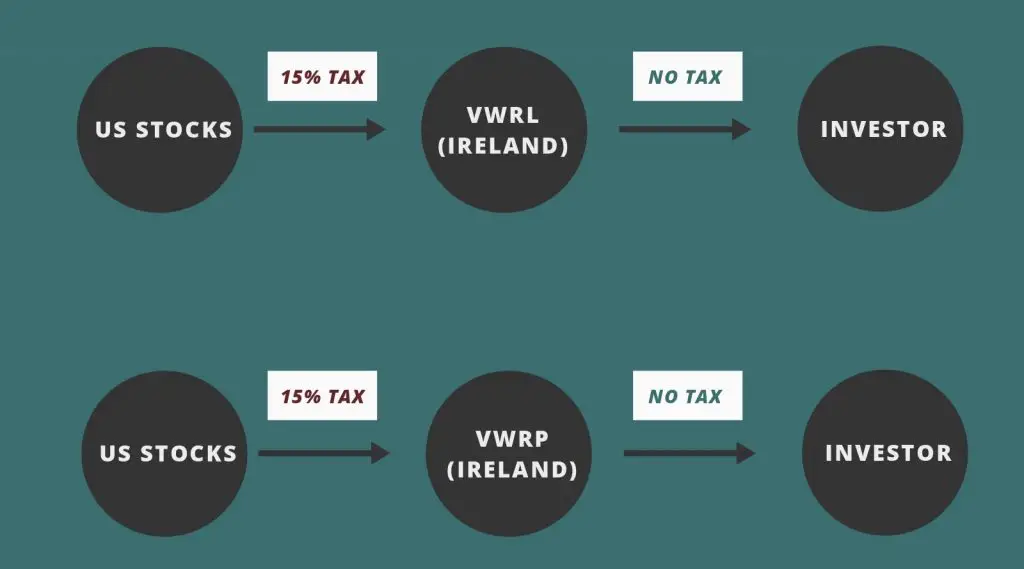
Irish-domiciled ETFs are only advantageous for US stocks
You may want to incur a lower dividend withholding tax via Irish-domiciled funds. However, this only applies to US stocks.
When you invest in these ETFs that track the FTSE-All World Index, not all of the stocks come from the US.

Here are some of the withholding taxes that you’ll incur when these stocks distribute their dividends:
The main advantage of investing in an Irish-domiciled ETF is that you’ll reduce the withholding taxes from US stocks.
This is rather significant since more than 50% of the index’s holdings come from the US!
However, the withholding taxes still remain the same for stocks that come from other countries.
If you wish to track your dividends with the taxes accounted for, you can consider trying out StocksCafe’s platform.
Dividend distribution
The way that VWRL and VWRP handle their dividends are rather different.
VWRL is a distributing ETF
VWRL is a distributing ETF. This means that any dividends received by the fund manager will be distributed to you.
Vanguard will distribute the dividends to you on a quarterly basis.
This is great if you want to receive some income when you invest in this fund!
VWRP automatically reinvests your dividends
Meanwhile, VWRP is an accumulating ETF. This means that they will not distribute your dividends to you. Instead, they will reinvest the dividends they receive into the same stocks in the index.
If you are looking to reinvest your dividends from the start, VWRP may be a better choice.
This is because you do not need to incur any additional transaction fees when the ETF reinvests your dividends for you.
You can read my comparison between accumulating and distributing ETFs to see how they are different.
Estate tax
Both ETFs own stocks that come from various countries. As such, you may be worried that you might incur an estate tax when you pass on.
This is especially significant if you are a non-resident alien of the USA. You can incur a tax between 18-40% of all your US assets if they are greater than $60k!
However, both ETFs are domiciled in Ireland. This means that you’ll only incur the inheritance tax if:
- You and your beneficiaries are not Irish citizens
- You do not own any Irish property
Expense ratio
On top of the trading commissions you’ll need to pay the broker, you will have to pay an expense ratio to the fund manager as well.
The expense ratio is charged by the fund manager to cover the costs of running the fund. Based on the value of your assets in the fund, you will be charged an annual fee.
Here are the expense ratios for these 2 funds:
| VWRL | VWRP | |
|---|---|---|
| Expense Ratio | 0.22% | 0.22% |
Both VWRL and VWRP have exactly the same expense ratio!
This is interesting as you may think that VWRL will have a larger economies of scale due to the larger fund. With greater cost savings, it should be able to charge a lower expense ratio. However, this is not the case!
The cost of investing in either ETF is exactly the same. As such, this will not really affect your decision in choosing which ETF to invest in.
However, the expense ratios of these 2 ETFs are quite high compared to S&P ETFs which charge less than 0.1%!
Average trading volume
If you are looking to actively trade using these ETFs, you may want to look at their liquidity. One of the indicators you may want to look at is the ETF’s trading volume.
| VWRL | VWRP | |
|---|---|---|
| Average Trading Volume | 48,433 | 8,048 |
Both ETFs have a rather low average trading volume! As such, you may not be able to buy or sell the ETF at your intended price.
Verdict
Here is a complete breakdown between VWRL and VWRP:
| VWRL | VWRP | |
|---|---|---|
| Index Tracked | FTSE All-World | FTSE All-World |
| Fund Manager | Vanguard | Vanguard |
| AUM | $6.6 billion | $8.3 million |
| Exchange | LSE | LSE |
| Currency | GBP | GBP |
| Estimated Unit Prices | 80 GBP | 75 GBP |
| Dividend Withholding Tax (US stocks) | 15% | 15% |
| Dividend Distribution | Distributing | Accumulating |
| Estate Tax | No | No |
| Expense Ratio | 0.22% | 0.22% |
| Average Trading Volume | 48,433 | 8,048 |
Both ETFs look really similar, so which one should you choose? The major difference boils down to whether you prefer an accumulating or distributing ETF.
Choose VWRP if you want to reinvest your dividends
VWRP makes more sense to invest in if you wish to reinvest your dividends.
An accumulating ETF is most suitable if you are young and have a long time horizon. You should be in the wealth accumulation phase at this stage.
As such, reinvesting your dividends will help to compound your growth even further!
With the automatic reinvestment of your dividends for you, this will save you a lot of transaction costs.
However, once you invest in an accumulating ETF, you lose the option of earning any dividends!
Choose VWRL if you want to receive a regular income
If you intend to receive dividends as an additional source of income, then VWRL may be a better choice for you.
VWRL will distribute its dividends to you every quarter. As such, you will get a pretty stable source of income every 3 months.
However, you will need to invest a significant amount of money into the ETF for the dividends to sustain you in the long run!
Conclusion
Both VWRL and VWRP track the same index, so their performance will be very similar.
When you are deciding between which ETF you should invest in, the main consideration will be whether you wish to invest in an accumulating or distributing ETF.

Do you like the content on this blog?
To receive the latest updates from my blog and personal finance in general, you can follow me on my Telegram channels (Personal Finance or Crypto) and Facebook.
Are you passionate about personal finance and want to earn some flexible income?


